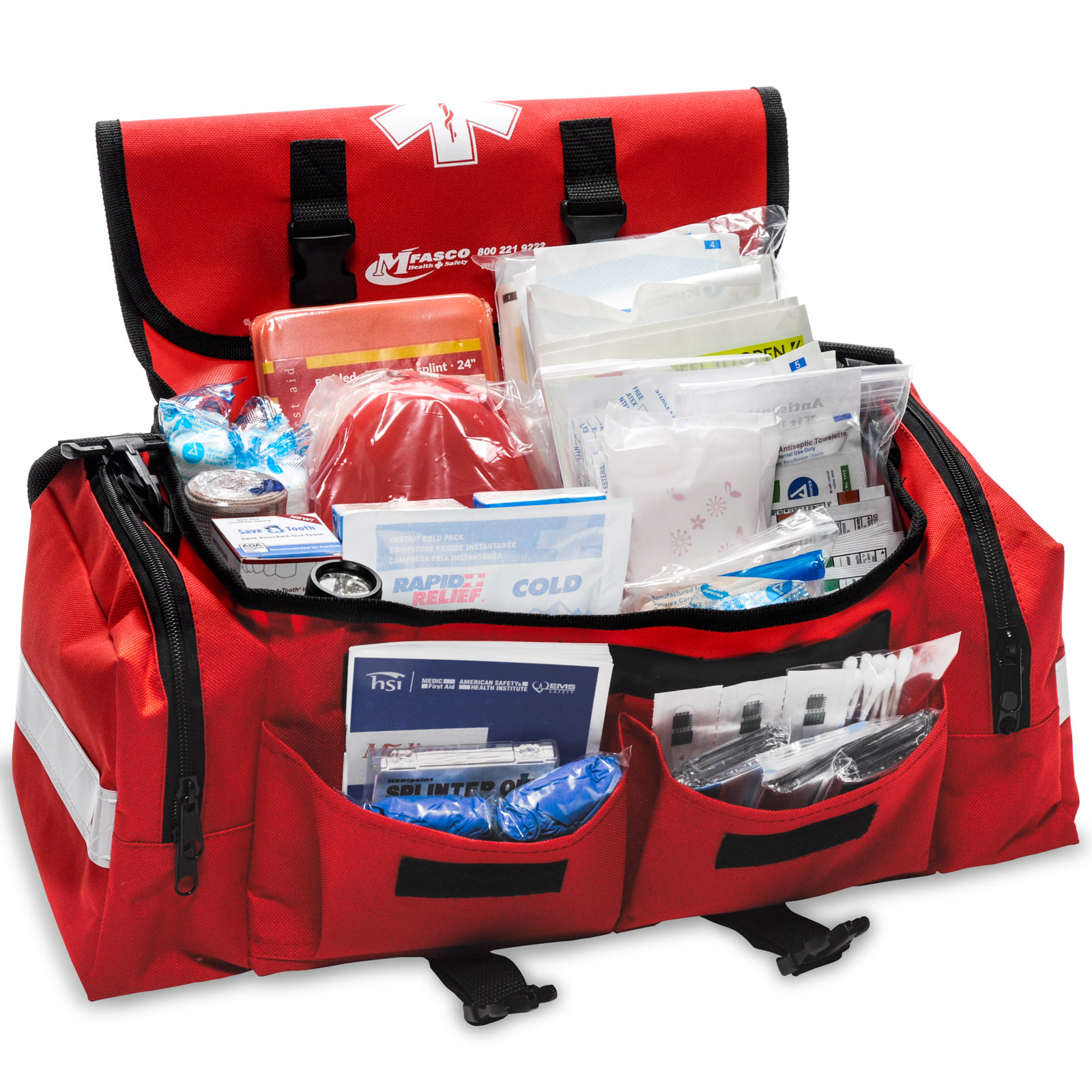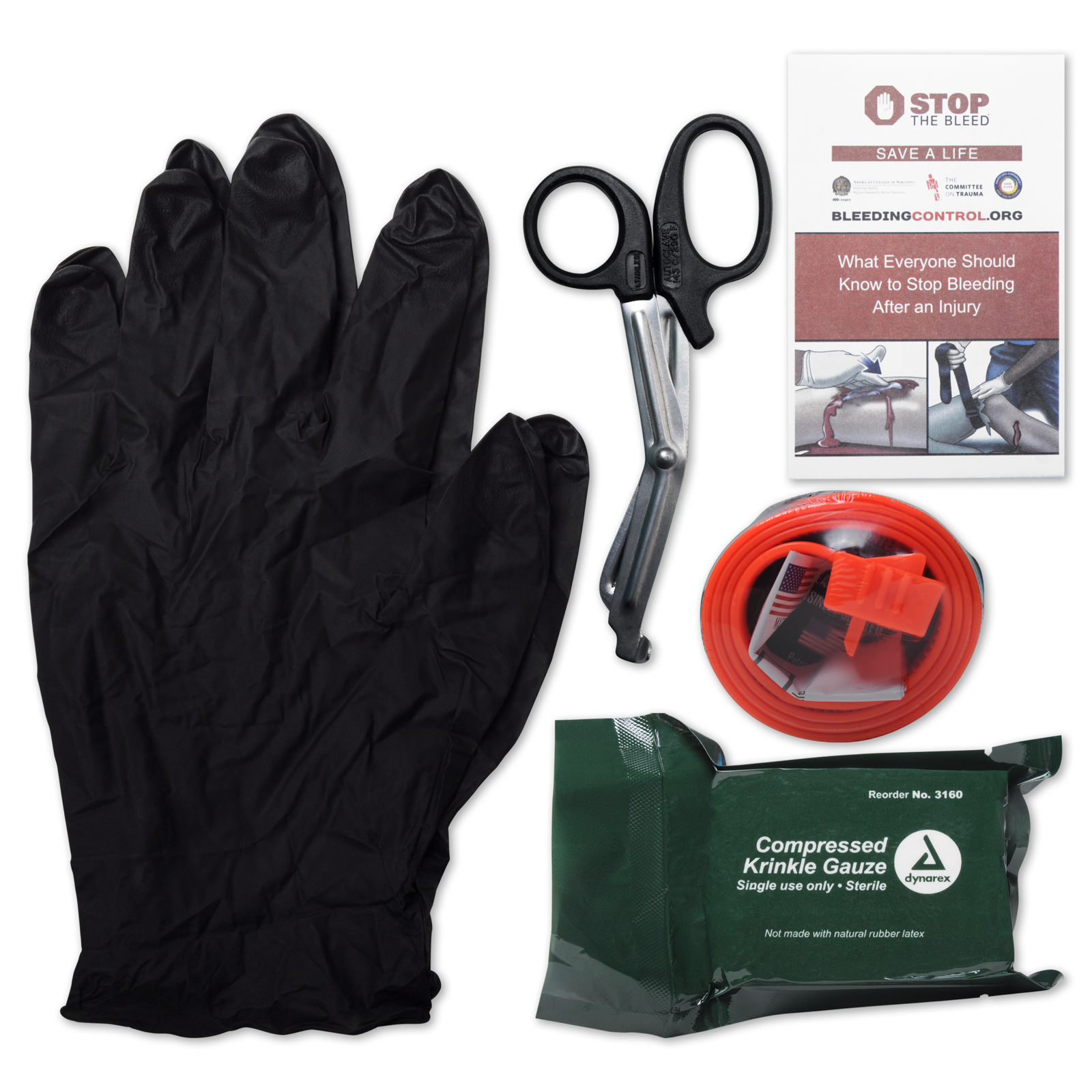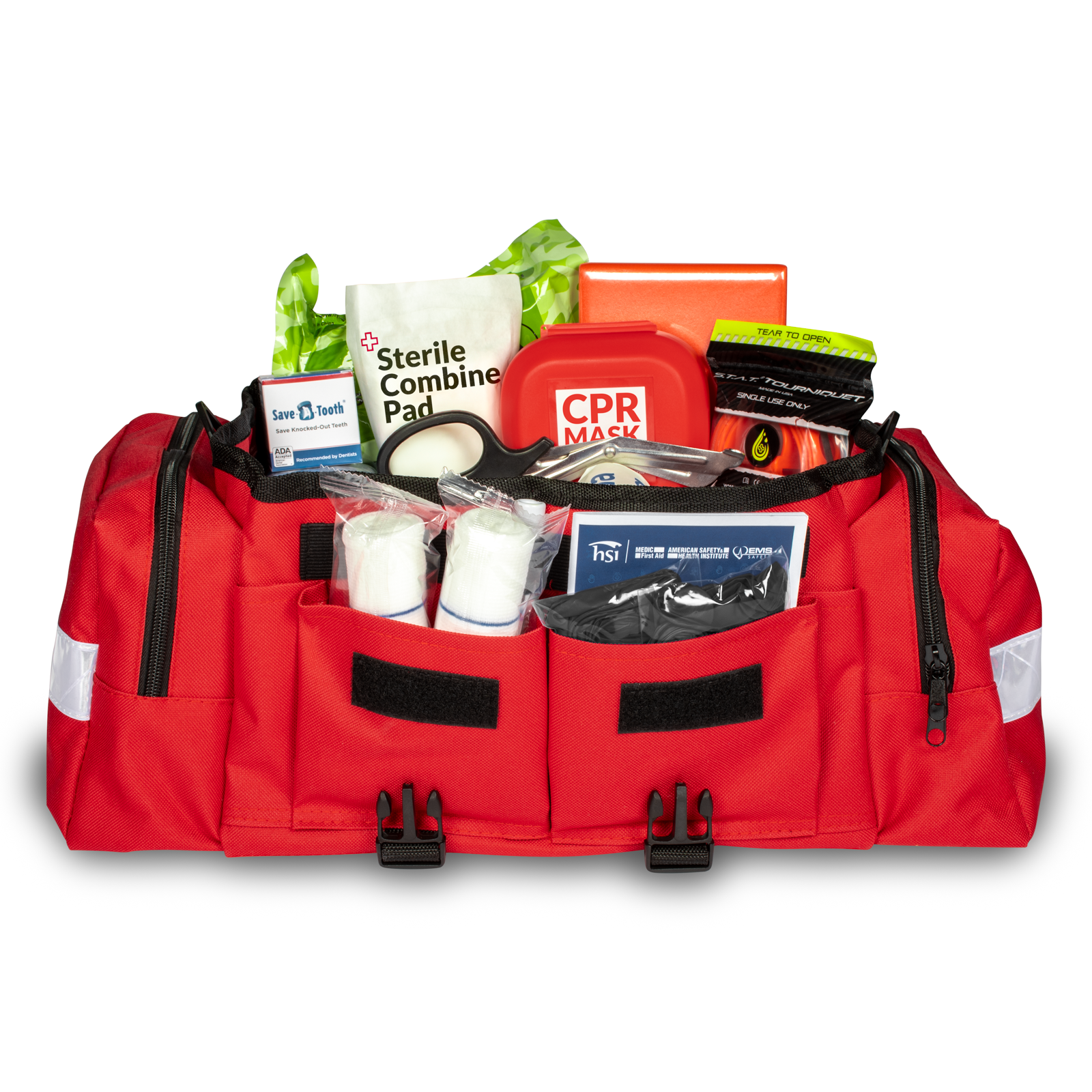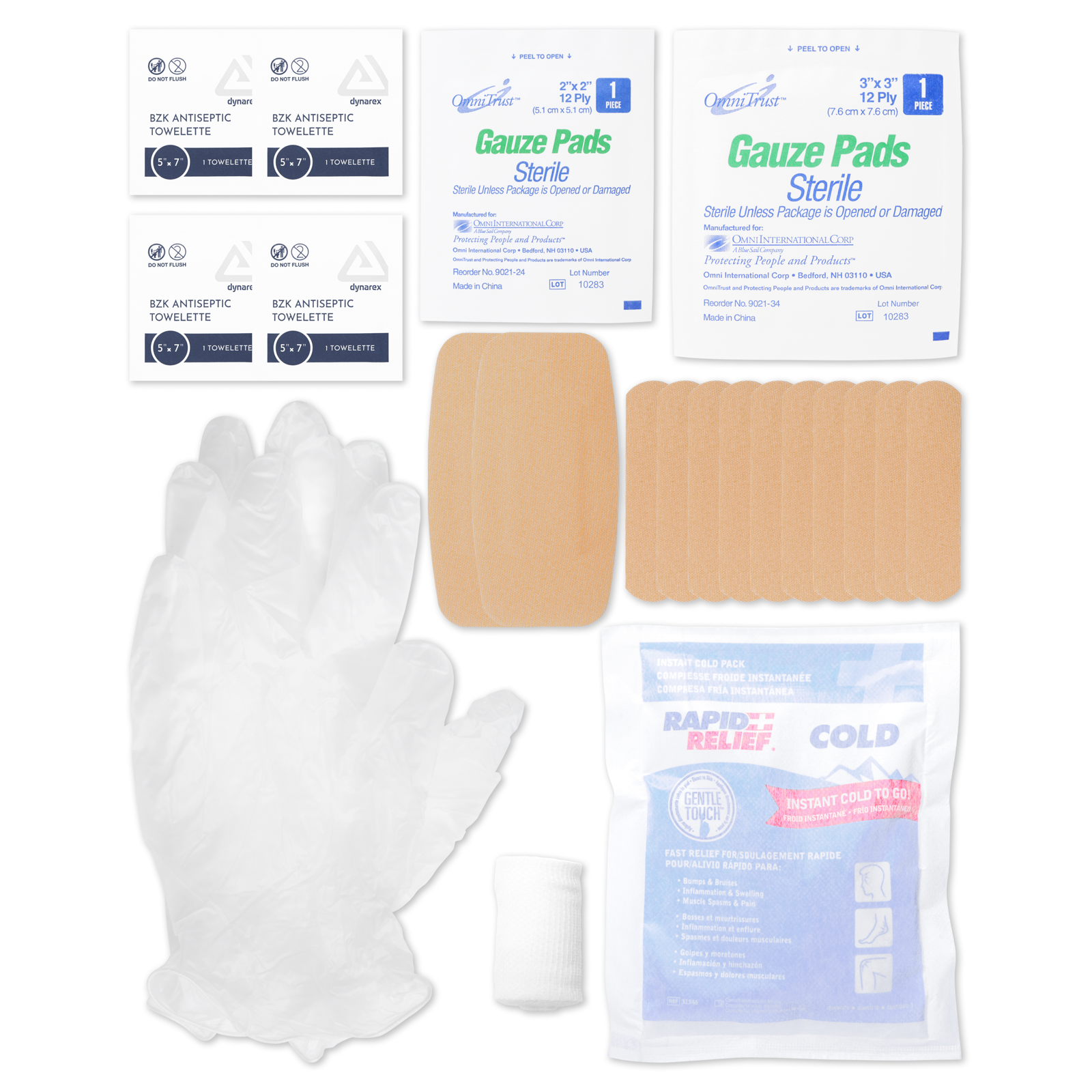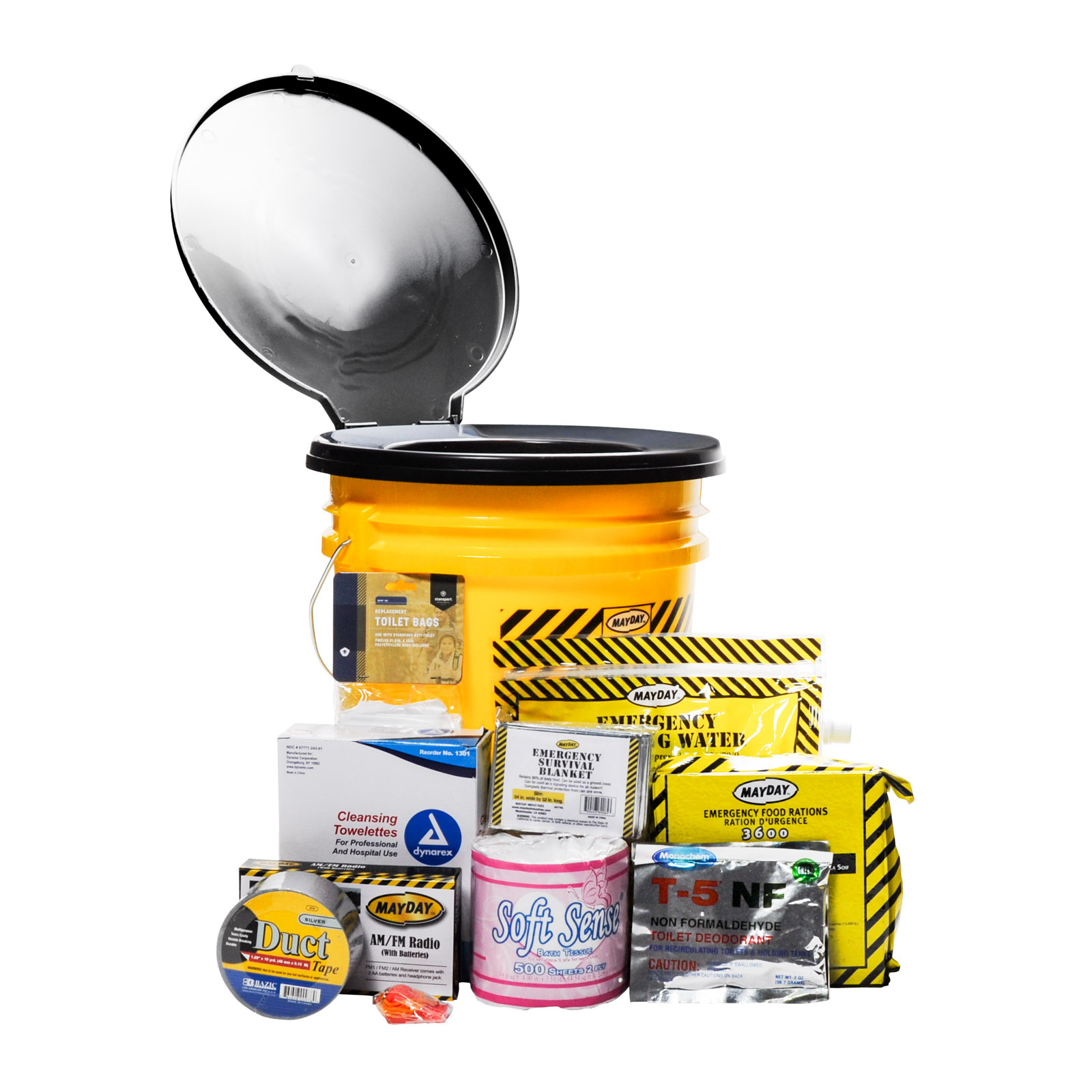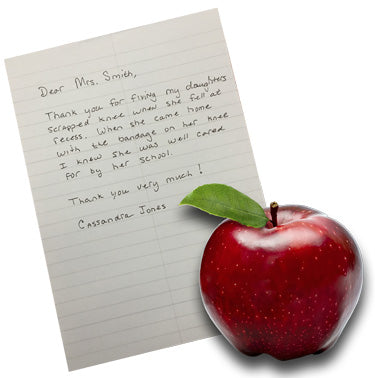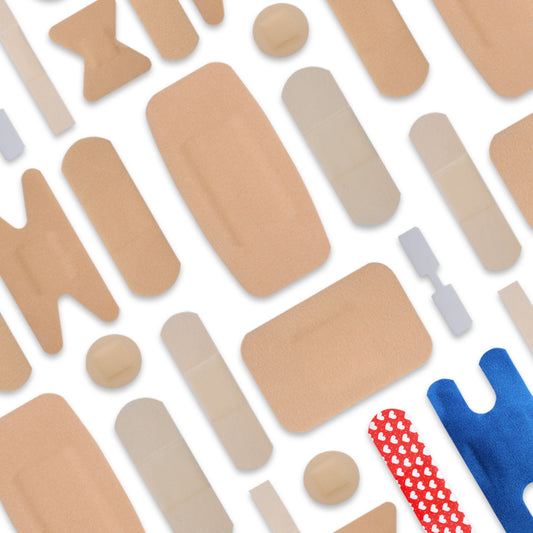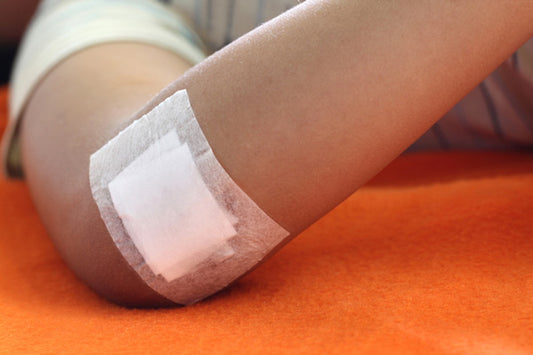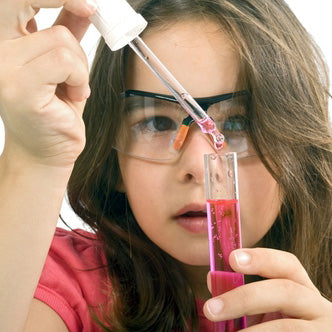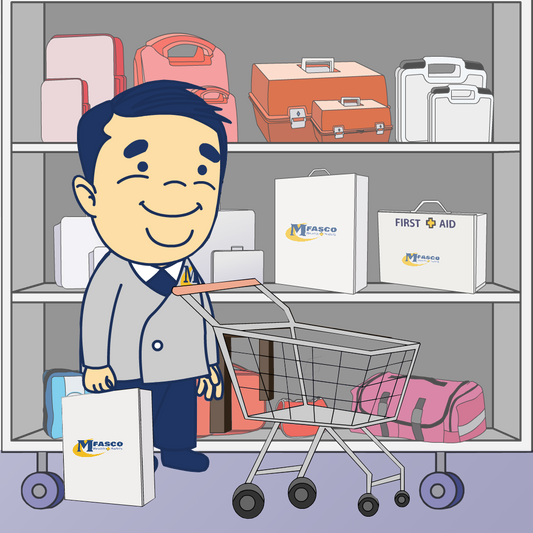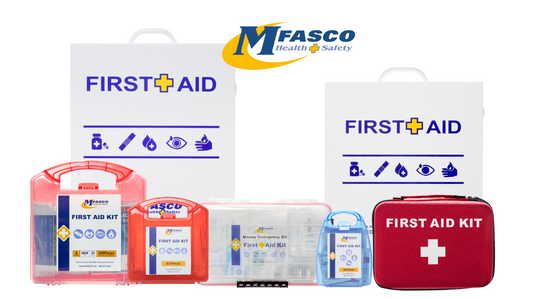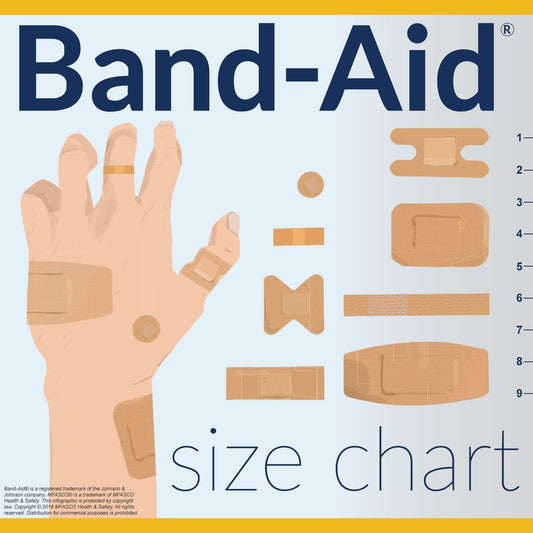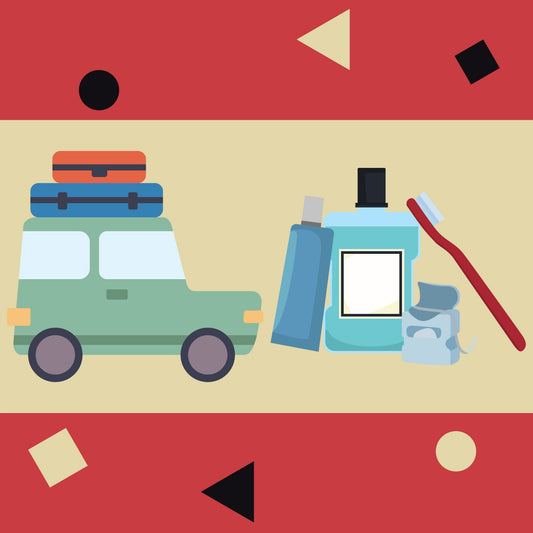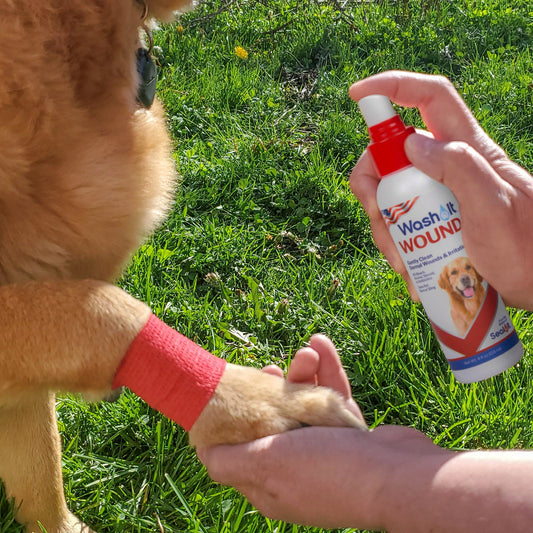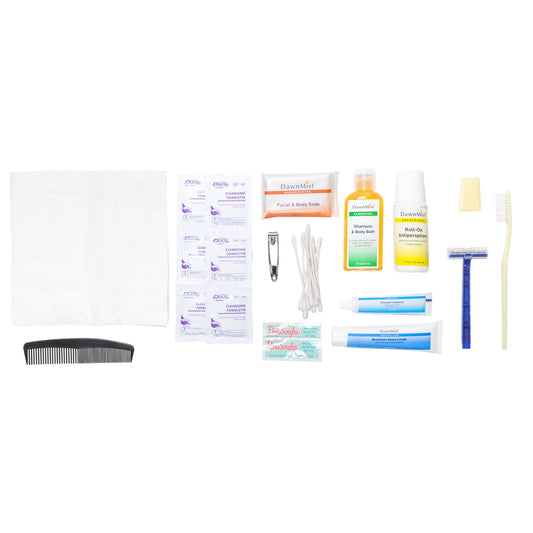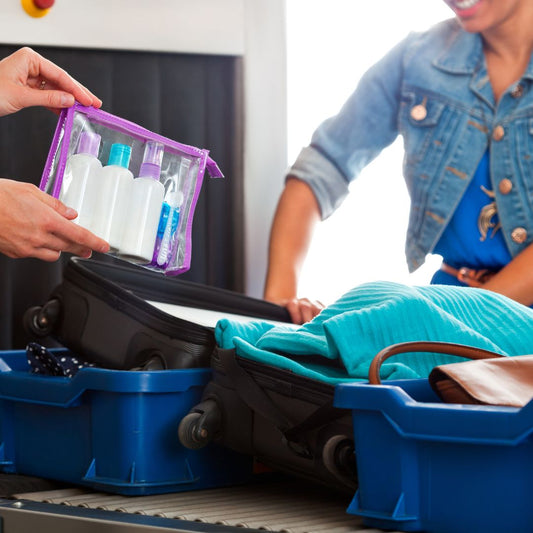First Aid in Schools

Safety should be a top priority in the classroom, so teachers must keep a plentiful stock of the appropriate medical supplies and stay up to date on proper first aid procedures. You can't always prevent accidents from happening, especially when you're in charge of 20 or so students at a time. It's essential for teachers to be prepared for common classroom injuries like scrapes, cuts, and burns. Follow this guide to enhance your classroom first aid strategy.
Minor cuts and scrapes
Kids can be clumsy, so minor scrapes and cuts are common for school-aged children. While they may put your students in tears, these injuries don't pose much of a health risk if they are treated properly. However, adequate after-injury care requires the right supplies, so it's important to keep a fully stocked first aid kit in the classroom at all times. If a minor cut or scrap does happen, use a gauze pad from your classroom first aid kit to stop the bleeding. Have the student rinse his or her wound under warm water and wash around the cut with soap to prevent infection, advises the Mayo Clinic. Apply an antibiotic ointment and cover the cut with a bandage. While students with minor cuts can be patched up and sent back to class, more serious wounds may need professional medical attention. Follow your school's protocol when these situations occur.
Wood and metal shop  Bandage up the cut to prevent infection. As the grade level rises, so does the degree of classroom danger. As students get older, they are given more privileges and responsibilities. For example, many high school students get the chance to work with power tools in wood classes and chemicals in science courses. If you are teaching a wood class this year, make sure all students understand proper safety procedures when working with sharp and powerful tools. Minor cuts are bound to happen, so have first aid supplies on hand to quickly stop the bleeding and prevent infection. However, with such dangerous equipment, there is also potential for more serious injuries that require medical attention. While students with minor cuts can be patched up and sent back to class, more serious wounds may need professional medical attention. Follow your school's protocol when these situations occur. In these types of classes, students should also wear safety goggles while working to prevent debris from irritating or cutting their eyes. Metals classes specifically should provide students with welding safety glasses to protect their eyes when welding, cutting, and brazing. Have these supplies on hand rather than making students get them on their own. This way, you can ensure the kids can participate safely in class regardless of their transportation issues or time constraints outside of the classroom.
Bandage up the cut to prevent infection. As the grade level rises, so does the degree of classroom danger. As students get older, they are given more privileges and responsibilities. For example, many high school students get the chance to work with power tools in wood classes and chemicals in science courses. If you are teaching a wood class this year, make sure all students understand proper safety procedures when working with sharp and powerful tools. Minor cuts are bound to happen, so have first aid supplies on hand to quickly stop the bleeding and prevent infection. However, with such dangerous equipment, there is also potential for more serious injuries that require medical attention. While students with minor cuts can be patched up and sent back to class, more serious wounds may need professional medical attention. Follow your school's protocol when these situations occur. In these types of classes, students should also wear safety goggles while working to prevent debris from irritating or cutting their eyes. Metals classes specifically should provide students with welding safety glasses to protect their eyes when welding, cutting, and brazing. Have these supplies on hand rather than making students get them on their own. This way, you can ensure the kids can participate safely in class regardless of their transportation issues or time constraints outside of the classroom.
"Make sure students are trained on chemical safety."
Science class
Between the use of chemicals and Bunsen burners in science class, there's a big potential for burn accidents in the classroom. Have a policy in place for treating minor burns, and always have first aid supplies such as our Burn Emergency Kit. Additionally, take preventative measures by making sure students are trained on chemical safety, have the proper equipment, and know to never use the lab without a teacher present. As a member of the school staff, it is your responsibility to keep the children safe. Stay up to date on first aid procedures to help reduce the risk of serious injury.
Bleeding Control
Recent events require consideration for bleeding control kits in the classroom. Whether it is an injury caused by recreation, a class project, or an act of terror, the priority is to stop bleeding. Stop the Bleed is a national initiative to prepare and educate everyone, including school teachers, administrators, and students, to control bleeding with the use of tourniquets, gauze, and pressure bandages. These actions can save lives.
MFASCO Health & Safety First Aid Supplies & Resources for Schools
It’s easy to acknowledge the importance of first aid readiness in school settings, but what actually makes a difference is preparation. Whether it’s a knee scrape during recess or a mishap in a shop class, a lot of eyes see how much the school prioritizes injury response. Accidents are inevitable, but additional issues that stem from an accident don’t have to be.
School First Aid Product & Accessories:
First Aid Kits for School
School Emergency First Aid Bag 200 Pieces
School First Aid & Active Shooter Emergency Kit
Additional Resources for School First Aid:
4 Tips for School First Aid Guidelines & Procedures
Where should Schools Keep First Aid Supplies
Back to School First Aid, Health & Safety
What is Stop the Bleed
Contributing Expert

Mike Brinker
Mike Brinker has been working in the first aid industry for over 35 years. He has worked with thousands of businesses,groups, and organizations to provide a healthy and safe work environment. Mike helped create “Make-A-Kit”, the internet's only online first aid kit creation tool. He has also authored many helpful first-aid and safety-related resource articles found at the MFASCO Learning Center.

